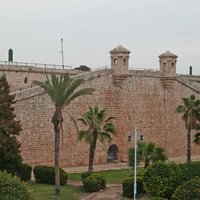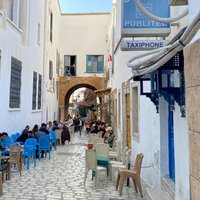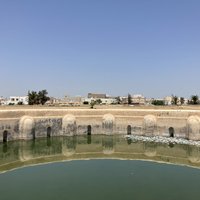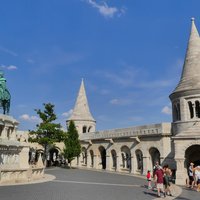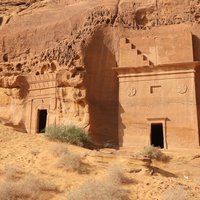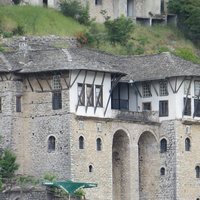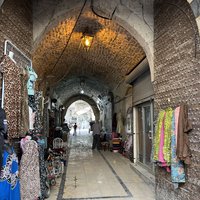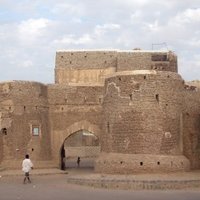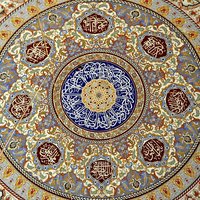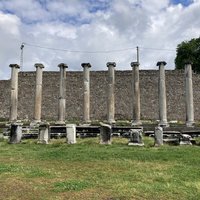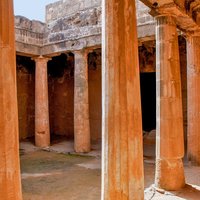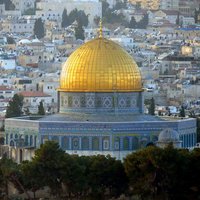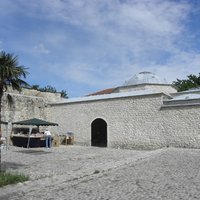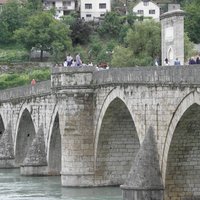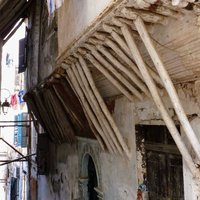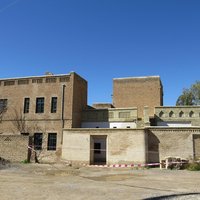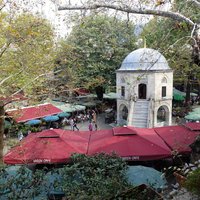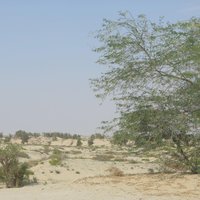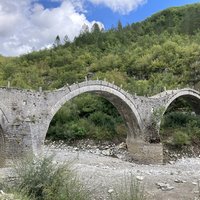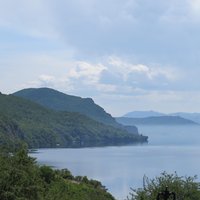Connected Sites
-
Ottoman walled town.
-
"it set a standard in public and domestic architecture that exercised a great influence on urban development over a large area of the Ottoman Empire" (OUV)
-
Several historic mosques date to this period, such as the Sidi Youssef Dey Mosque (1631), and houses of rich merchants.
See en.wikipedia.org
-
After 1522 the island was a possession of the Ottoman Empire for nearly four centuries
-
As-Salt was a prominent frontier Ottoman trading centre between the mid-19th and early 20th centuries (AB ev)
-
Kiraly, Racs, Rudas Baths
-
Ottoman Fort (built from 1744 to 1757 to protect the pilgrimage route to Mecca)
-
"During the long period of Ottoman rule (1517-1917), art and architecture were strongly influenced by Istanbul, capital of the Empire. The town expanded and extensions and additional floors were added to existing buildings" (AB ev)
-
Well-preserved Ottoman town.
-
Ruled by Ottomans, remains of that era include Ahmadiyya Madrasa, Ahmad Pasha Khan, Adiliyya Mosque and other mosques and residences
-
Sardis was part of the Ottoman Empire between the handover by the Byzantine Empire and its destruction by the Mongols
-
-
Example of Ottoman architecture in Edirne
-
The city fell to the Ottomans in 1345, then briefly to the Mongols under Timur before being taken again by the Ottomans under Murat II (1421-1451)(AB ev)
-
The Lusignan manor house that now serves as the Palaipahos Museum, served as the centre of administration for the local Ottoman chiflik and aspects of the building date from this era.
-
"In 1516, Jerusalem was taken over by the Ottoman Empire along with all of Greater Syria and enjoyed a period of renewal and peace under Suleiman the Magnificent, including the construction of the walls, which define until today what is now known as the Old City of Jerusalem." (wiki)
See en.wikipedia.org
-
Chief administrative city for the Ottoman Empire in the Herzegovina region.
-
Example of Ottoman architecture and engineering
-
Ottoman influences
-
Capital of the Ottoman Empire.
-
from 1517 to 1916
-
Part of empire from 16th century until 1867. Visible remains for example in ornamentation at the Harem Palaces at the Citadel, Ibrahim Agha Mustahfizan House-Waqf e.a.
See archnet.org
-
"The Citadel features a peculiar fan-like pattern, dating back to Erbil's late Ottoman phase" (AB ev)
-
In 1515, after taking Amid, the Ottoman Empire further developed trade, built new public (commercial, religious and cultural) structures and contributed to the renewal of the city. The Ottoman period extended until 1922. (AB ev)
-
Part of empire from 1517-1864. Visible remains for example in Fethiyye Madrasa, Ahmed Semsi Pasha Complex.
See archnet.org
-
birthplace of the Ottoman Empire in the early 14th century, contains tomb of Orhan Ghazi, the founder of the Ottoman dynasty
-
Qasr Ibrahim in the city center of Al-Hofuf is the main architectural built heritage from the Ottoman period of Al-Hofuf (AB ev)
-
"The central squares also usually feature a church, a fountain or a cistern, and an amelikó built during Ottoman rule (mid-15th to early 19th centuries) to host visitors such as merchants and craftspeople" (AB ev)
-
"In the late 14th century Ohrid fell to the Ottoman Empire. The Ottomans converted a number of churches and monasteries into mosques but tolerated the Ohrid Archiepiscopate"

